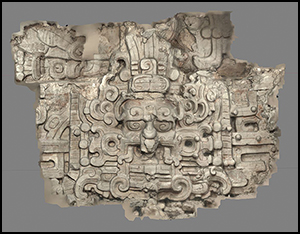Published online by Cambridge University Press: 06 April 2016

Maya script—the most elaborate and extensive system of native writing in the New World—was in active use across the Yucatán Peninsula from 300 BC–AD 1700. Maya epigraphy began in the late nineteenth century, developing through the efforts of key figures, often with oblique approaches from other disciplines. Today, the research landscape is increasingly virtual; new discoveries have been combined with greater precision in translation, providing unique access to the complex interactions of Maya society, where the elite shared a language across political boundaries that was incomprehensible to most of their subjects.